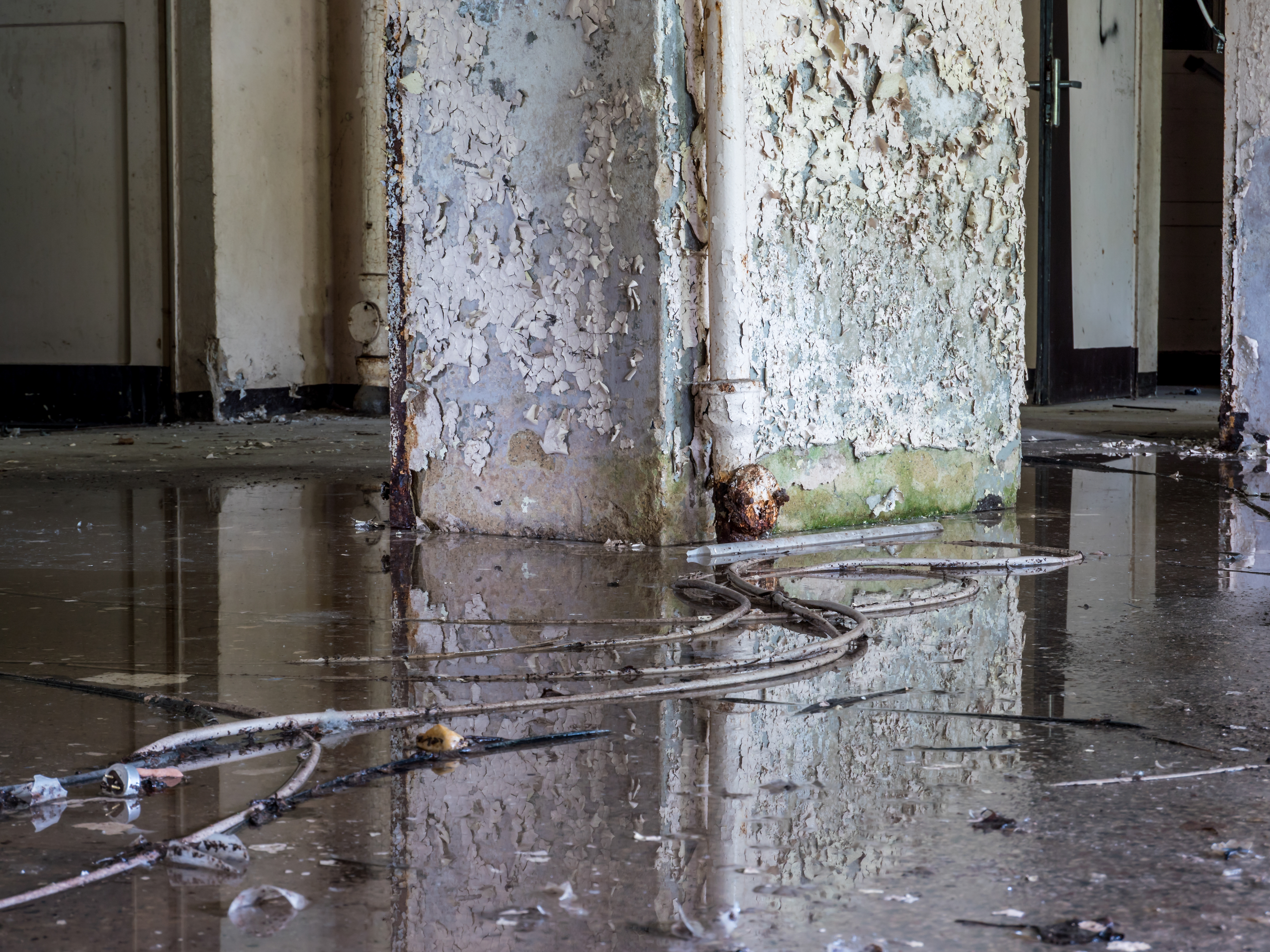Dealing with Dust & Water
Ethernet technology has expanded from commercial offices into industrial control and automation sites–but the modules, cables, connectors and switches used to support this protocol are very different. Products designed to work behind ceilings and walls in clean, temperature-regulated environments aren’t typically cut out for dirt, debris and moisture commonly found in industrial settings.
Not only do cables and connectors in these harsh settings have to deal with EMI and RFI interference, they also have to withstand physical ingress hazards. In fact, industrial environments are the perfect mixture of environmental conditions that network components don’t respond well to: vibration, extreme temperatures, noise interference, chemicals, water and dust.
To use an entertaining analogy: Deploying commercial-grade modules, cables, connectors and switches in an industrial environment is kind of like sitting down to enjoy a steak dinner inside a quarry where rocks and stones are being excavated from the ground, creating lots of dust in the process. As dirt swirls around, consider the challenges this setting creates. Your delicious meal is now covered in dirt; your server adds more and more food to your plate, unable to see that you haven’t finished your previous portion; the taste and texture of your food is changed beyond recognition, and so on.
For reliability and uninterrupted performance, rugged settings require industrial-grade components that can withstand the rigors of the industrial world. Otherwise, a speck of dust or a drop of moisture could stop your network in its tracks, taking down machines, compromising safety or halting production completely (costing thousands of dollars or more). By searching for solutions that can endure these environmental conditions, you’ll avoid unnecessary and expensive repairs, as well as unplanned downtime.
What Harm can Water Cause?
Exposure to water isn’t typically the result of a sudden rainstorm or building flood.

Instead, modules, cables, connectors and switches most often come into contact with moisture in places like wash-down areas, high-humidity spaces and food/beverage processing plants–or during periods of big temperature swings. All it takes is a little bit of moisture seeping into microscopic openings to make a big impact on your machines.
Your infrastructure components will be impacted if moisture or water infiltrates, whether the result is corrosion, swelling, disconnection, failure or something else. For example, attenuation can occur if Ethernet cables are exposed to water. If an industrial-grade cable is not used, then water is more likely to infiltrate the cable jacket and can change the dielectric constant of the insulation and/or cause the conductors to fail.
Is Dust Really that Bad?
While it’s obvious that water and moisture would cause network issues, many professionals don’t realize that dust is just as troublesome. Often a byproduct of work in an industrial setting, dust may seem like a harmless nuisance but it can cause as much damage to a module, cable, connector or switch as water can.

Cable for Dust & Dirt
So what happens when network components are exposed to dust? Irreversible damage can occur. Surprisingly, it doesn’t take a lot of dust to create an issue. Just a little bit of dust can:
- Act as an insulator & reduce airflow, which leads to overheating
- Clog airway vents inside equipment, increasing internal temperature
- Obstruct fans meant to dissipate heat
- Lower device & equipment efficiency
- Create poor contact in devices like relays, switches & connectors
- Cause dangerous arcing & explosions
In addition, dust traps moisture. The higher the humidity levels, the more moisture the dust will be able to absorb. This combination leads to corrosion, which can impair cables and connectors, eventually leading to problems with signal integrity.
Bottom line: If you use equipment that isn’t built to protect from dust and dirt, failure and downtime are likely.
Selecting Cable & Connectivity for Industrial Environments
How can you be sure you’re choosing industrial network components that aren’t negatively impacted by dust, debris and moisture? The infrastructure solutions used in industrial settings need to be more than traditional Ethernet cables covered in an extra jacket.
Look for components that offer:
- An IP rating. The IP rating tells you how effective a product will be when it comes to keeping dust & water out
- IP65 indicates total dust ingress protection & protection from water projected from a nozzle
- IP67 indicates total dust ingress protection & protection from 30-minute water immersion at depths between 15 cm & 1 m
- IP68 indicates total dust ingress protection & protection from long-term water immersion
- IP69K indicates the highest degree of protection against dust & water intrusion, such as high-pressure cleaning
Industrial-grade, ruggedized components. This label means products are designed to operate reliably in harsh environments and deal with strong vibrations, extreme temperatures and moisture or dust.
Belden’s industrial modules, cables, connectors and switches are specifically built to withstand dust and water. When you invest in products engineered to perform in these extreme conditions, you can be confident that you won’t suffer from unplanned downtime or lost revenue as a result of network failure.
To ensure that our products don’t overheat, Belden offers fanless equipment that uses less energy and generates less heat, keeping equipment cool while achieving optimum performance.
P.S. Dust and water aren’t the only conditions that industrial components have to endure. Make sure to check out our industrial blogs on temperature and vibration to learn about the impacts they have on cables and connectivity, too.
